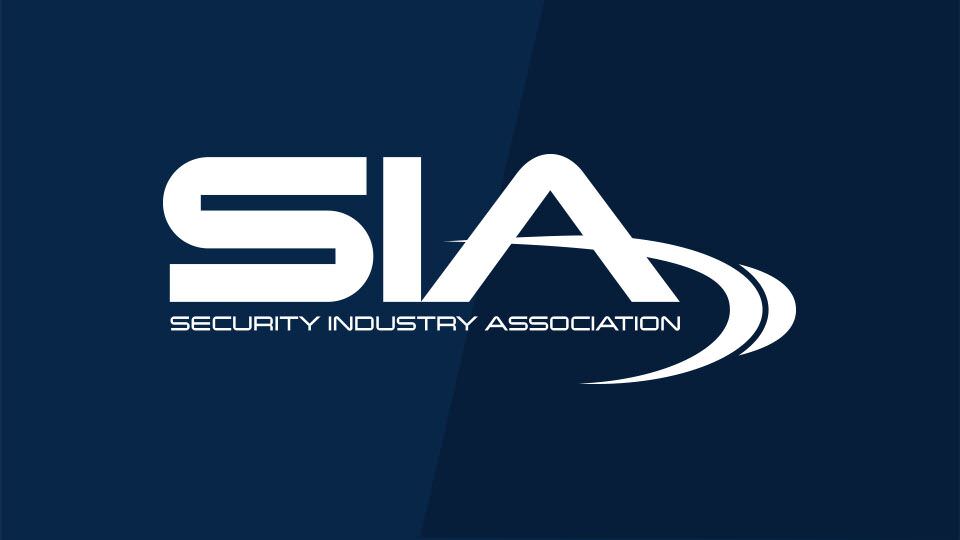Strengthening the Relationship Between the Security Industry and DHS Researchers

Today, I testified before a House Homeland Security subcommittee on the relationship between the security industry and the Department of Homeland Security (DHS) Science and Technology (S&T) Directorate. Some of my remarks were in reaction to the new DHS S&T 2015-2019 strategic plan, which was released last month. (The strategic plan is available online for download via PDF.)
Congress called upon the Security Industry Association (SIA) for its expert testimony as the House Homeland Security Committee weighs input into authorization legislation for the S&T Directorate that may be introduced this summer for fiscal 2016.
Among the points I emphasized in my written testimony was that DHS S&T should increase open communication with industry on its current projects and future needs. SIA Members report that all too often, personnel are unnecessarily reluctant to share relevant information as a result of trying to follow rules and regulations.
Further, improving the identification of high-priority operational requirements and capability gaps from DHS component agencies, as envisioned in the new strategic plan, is extremely important. Equally important is the communication of this information on needs to industry, and we recommend that it be shared in a systematic way with industry partners. Industry is far more likely to be able to deliver solutions that solve problems in the real world if DHS shares this information openly.
S&T project results ultimately help inform component agency decision-making on whether to pursue acquisition, and if pursued which solutions should be acquired versus ruled out. However, some have expressed skepticism as to whether DHS components are fully committed to their associated S&T projects. While a level of disconnect between S&T and its customers is undoubtedly due in part to the fragmented nature of DHS, it is encouraging to see an acknowledgement of this as an issue and several proposals in the strategic plan on how to improve coordination.
One of the biggest challenges faced by S&T leadership, as well as Congress in seeking to provide guidance through authorization legislation, is how to prioritize and balance the S&T research portfolio. Given the limited size of the S&T budget, SIA Members feel the portfolio may be too wide, causing projects to be funded at levels insufficient to capitalize on successes. Under the strategic plan, S&T estimates that the total number of portfolio projects would be reduced as funding shifts to higher priority programs, which SIA considers a move in the right direction.
SIA appreciates the strong relationship it has with the DHS S&T Directorate, as outlined in a unique memorandum of understanding signed between the two parties in September 2013. Bolstering that relationship even more requires the input of SIA members through forums such as our SIA Government Summit and S&T outreach events. I encourage you to register for the Summit today, as it takes place only three short weeks from now, to participate in exclusive conversations with DHS and the General Services Administration, among other agencies!
